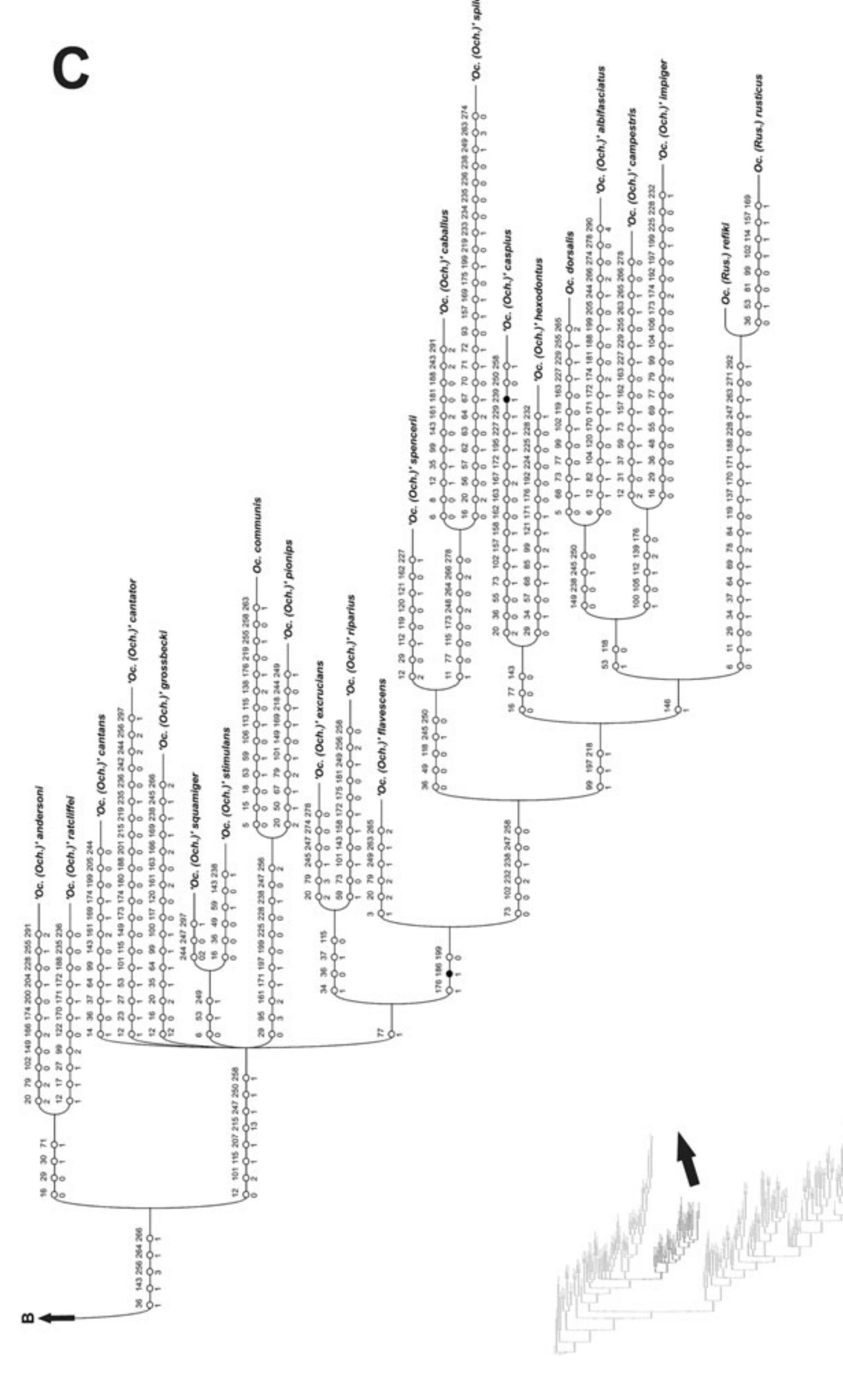Key research themes
1. How can wing geometric morphometrics improve mosquito species identification, especially for closely related or cryptic species?
This research area investigates the application of geometric morphometric analysis of mosquito wings to distinguish species that are morphologically similar or part of species complexes. It matters because traditional morphological keys can be insufficient or labor-intensive for differentiating cryptic species, while molecular methods are expensive and time-consuming. Wing geometric morphometrics (WGM) offers a rapid, cost-effective, and field-applicable alternative for species identification, with implications for vector control programs.
2. What optimized proteomic and spectroscopic methodologies improve rapid and high-throughput mosquito species identification?
This theme explores advanced methodological approaches using mass spectrometry and vibrational spectroscopy to enable quick, reliable, and large-scale mosquito species identification. These approaches address limitations of morphological damage and high costs of molecular techniques, enabling improved vector surveillance and control with standardized protocols suitable for broad application.
3. How do revised taxonomic classifications and morphological character analyses impact the accuracy and utility of mosquito species identification at regional and global scales?
This research theme addresses taxonomic clarification and morphological reevaluation to improve species resolution and nomenclatural stability critical for vector monitoring and disease control. It emphasizes the reassessment of subspecies as valid species, development of comprehensive identification keys for diverse mosquito fauna, and expert validation of morphological identification accuracy across laboratories.
































































